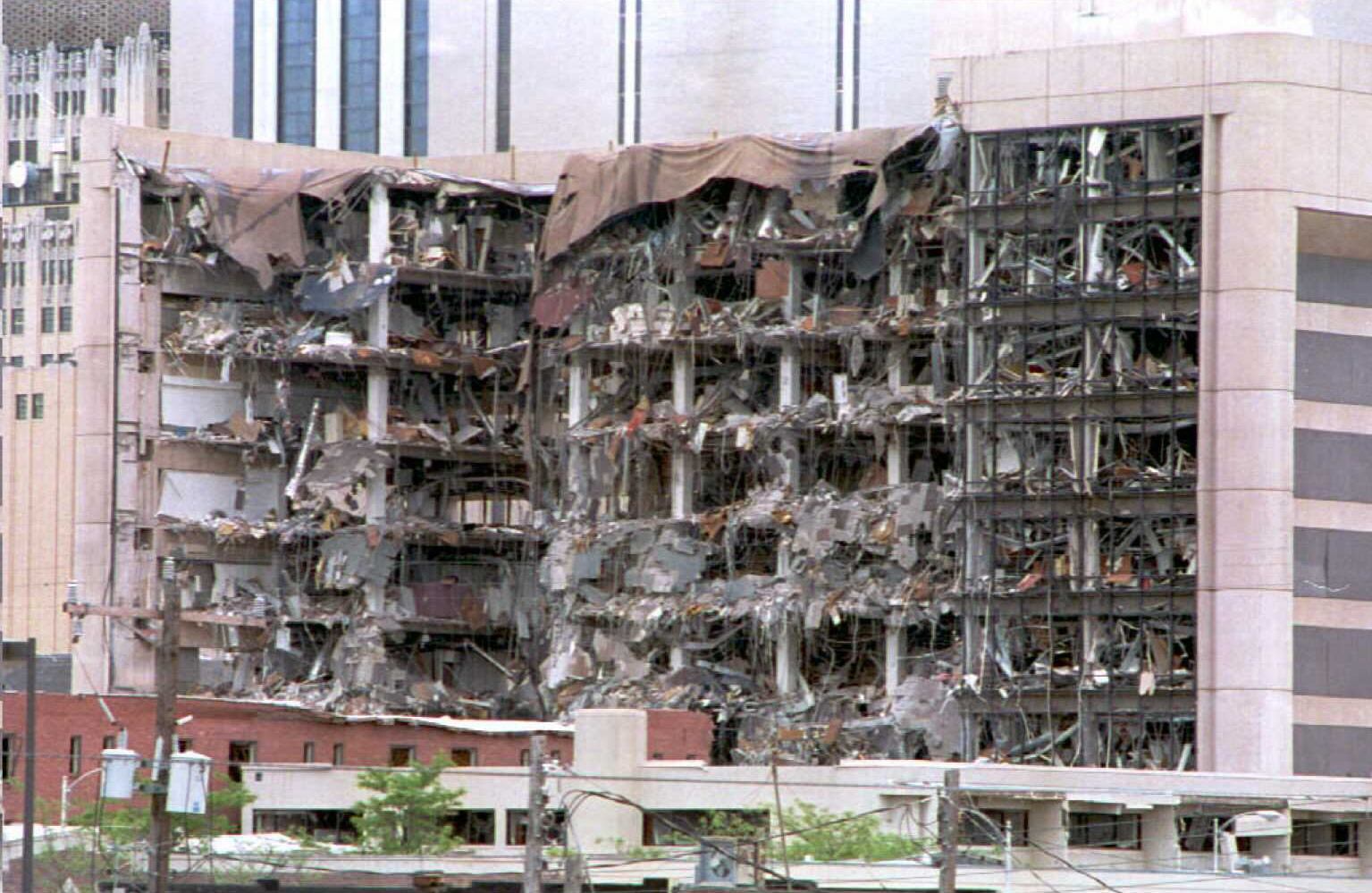Franklin Reeder is the founder of the Center for Internet Security, and former OMB official and White House appointee.
It occurred to me as I sat with a group of distinguished colleagues assembled by Federal Times to look at the key events of the last half century, that something was missing: a description of how work and the workplace have changed over that span.
I came into the federal service as a newly minted college grad in 1961 and continue to be amazed at how work and the workplace have changed and continue to change. Rather than make that case with facts and figures, what an ex-OMB wonk like me is inclined to do, I thought it might be more interesting to paint a picture of what work and the workplace looked like – at least to me. This is, therefore, a personal reminiscence, not the definitive description of the mid 1960s workplace in Washington, D.C.
RELATED

Ambiance
For the most part, large open offices were the norm with no barriers for privacy. While higher-ups might have more private digs, the hoi-polloi typically sat side by side in large bays – no cubicles then. In buildings that were initially designed with private offices, four or six persons sharing these spaces was not uncommon.
Communication was far more formal. One always addressed one's superiors with an honorific. My immediate supervisor, a GS-9, was a "Miss" and her deputy, a GS-8, was a "Mrs." Gloria Steinem had not yet given us the marital-status neutral term of "Ms."
RELATED

Dress, climate and quality of life
In white-collar workplaces, coats and ties for men and dresses for women were de rigueur, regardless of season. For those of us without the luxury of air conditioning, removing one's jacket was permitted on hot summer days, but I put my jacket on when I was called to another office.
While colleagues and superiors might be empathetic, there was little flexibility in scheduling or otherwise to accommodate family needs. Office hours were fixed and uniform for all. Women were required to give up their jobs if they were within six weeks of giving birth.
Commuting and downtown Washington
Except for the Department of Defense, most agency headquarters operations were in the Federal Triangle or within shouting distance. I would have used the term "inside the Beltway," but the Capital Beltway was not completed until 1964. To accommodate the growth of government in response to two World Wars and the Great Depression, temporary buildings dotted the National Mall. Several were on the ground now occupied by the Hirschhorn and Air and Space Museums and the monolithic Main Navy and Munitions Buildings, built during World War I, along Constitution Avenue on the ground now used for Constitution Gardens.
The Metrorail system was still in the planning stages – the first leg opened in the mid-70s – so tens of thousands of federal employees found their way to and from work on one of several bus systems. The last street cars – we now call them light rail – were taken out of service in 1961, but for years, driving on major arteries like 14th Street, Connecticut Avenue or M Street required the special skill of navigating rail tracks. O. Roy Chalk's D.C. Transit served the city and Maryland suburbs while two other privately owned bus systems served Northern Virginia.
A side note: The layout of the Metrorail system obviously assumed that commuting would continue to be radial – from the periphery into the center. It completely missed the development of edge cities and the changes in commuting patterns.
Technology
The technology in offices in the 1960s was startlingly primitive. I shared a phone with the person whose desk abutted mine and it did not have an outside line. Typing and stenography pools were the norm. Typewriters and those with the skill to use them were in short supply.
Plain paper copiers were in their infancy – and expensive – so correspondence was prepared using carbon paper: original went to the addressee, yellow copy to the subject file, pink copy to a chronological file and plain copies to other addressees. I remember laughing a decade or so later, when xerography was already in wide use, being in an office that used a rubber stamp to mark plain paper copies "yellow" or "pink." Old customs die hard.
Second generation (solid state) computers were penetrating the government market, but only for large scale transaction processing systems, like tax return processing, social security records and the like.
A Half Century Later
A lot has changed over the past 50 years – and continues to change at an ever-accelerating pace - but much has not. There is still for many of us, a sense of excitement and awe at being entrusted with the honor of serving. And we continue to draw great people into public service.
In Other News




